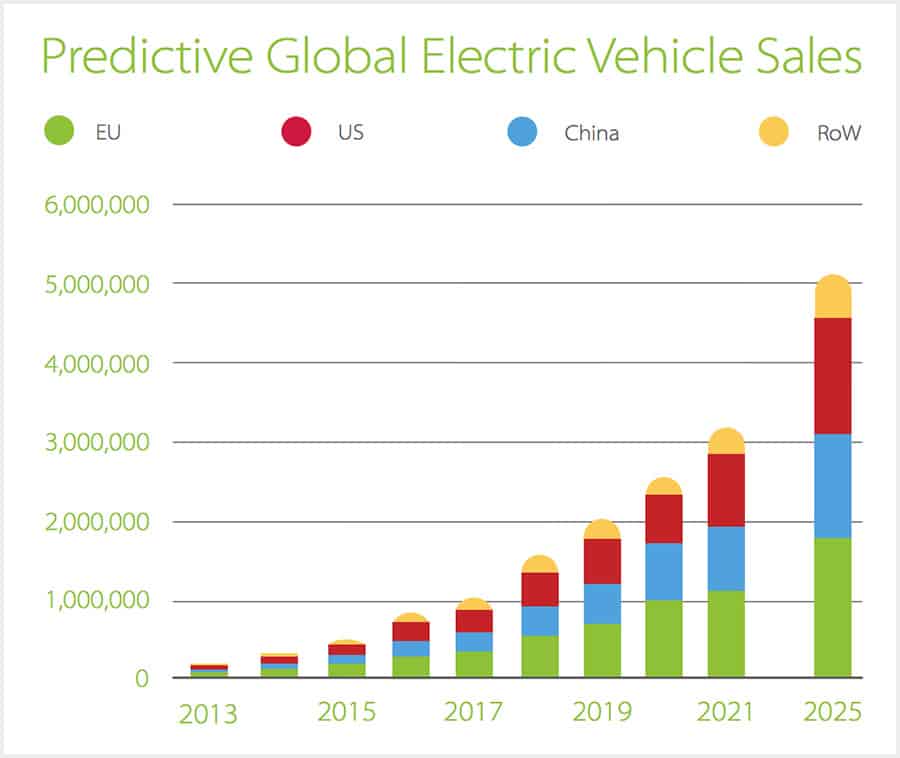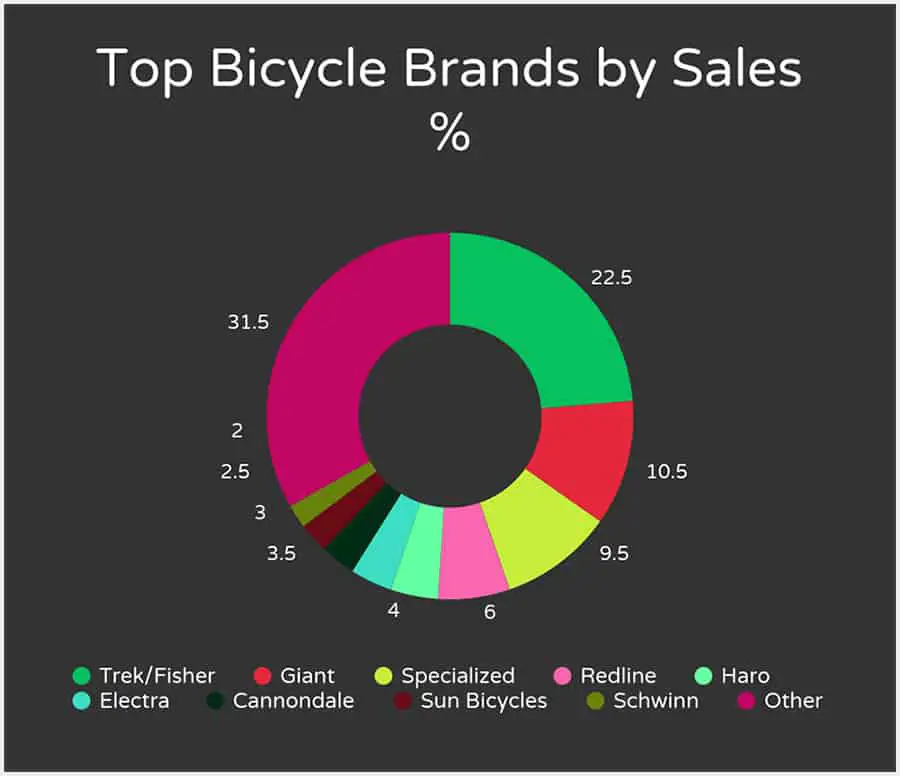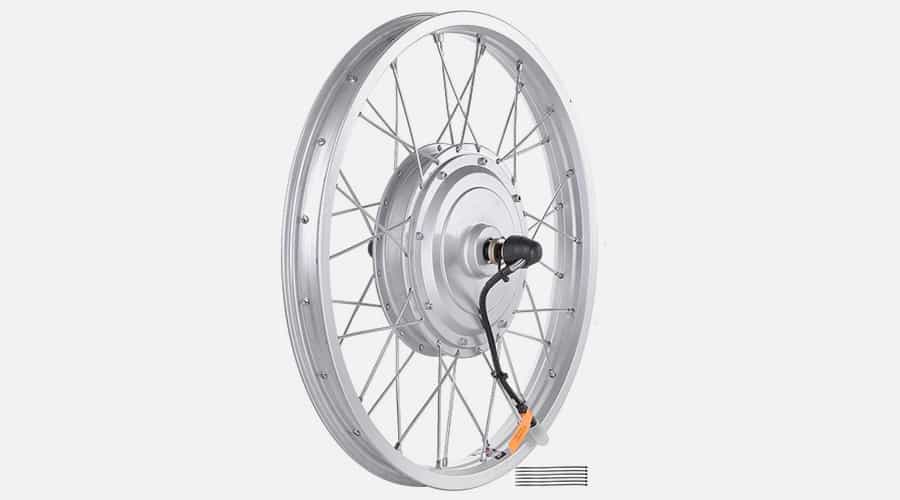In this blog we will explore about brief history of electric bikes, tracing their evolution and impact on transportation and sustainability over time.
Electric bikes started out as mountain bikes, but now they’ve evolved into something much more useful. They’re not only great fun on their own, but also provide a unique form of transportation that gets you where you want to go faster and easier than ever before.
They’re affordable, efficient, environmentally friendly, and give you a new way of getting around town. What’s not to like? Well, probably a couple things — the vast gap in features and quality. Sure, electric bikes have become quite common in certain parts of Europe. Similarly, electric bikes have become a trendy urban gadget across the United States.
It’s no surprise that the demand for electric bikes continues to rise, considering how convenient these vehicles can be. Electric bikes don’t emit harmful emissions or create noise pollution, which means you can ride them without having to worry about annoying other road users. You can also use them to get around town without worrying about gas prices.

Source: bikeleague
We know that there are many different types of electric bicycles out there. But we also know that not every brand makes their products in the U.S., nor does every company make their products in China. So, where are all those beautiful electric bikes manufactured?
To make matters worse, there are so many brands out there that it’s hard to figure out where the quality is best. We’ve put together this guide to help you decide where to go for an electric bike, as each country has its own regulations about where you can purchase and operate certain types of vehicles.
Also Related:
Best Ebike Brands – Unbiased Comparison
Below is the detailed and brief history of electric bikes
Where Are Electric Bikes Made
Electric bikes are made almost everywhere in the world. The top countries for electric bike manufacturing include China, Italy, South Korea, Taiwan, India, Japan, Germany, Switzerland, Sweden, France, Australia, Canada, United Kingdom, Belgium, Denmark, Netherlands, Norway, Spain, Mexico, Austria, and Brazil. Since electric bikes have become increasingly popular, many new factories are opening each year to meet this high demand.

Source: ebicycles
Most electric bikes on the market today use lithium iron phosphate batteries. Although this technology has improved significantly in recent years, the initial cost of building a factory for producing them is still quite expensive. This makes large scale production difficult. Today, few companies produce their own batteries. Instead, they purchase batteries from suppliers. Some companies even outsource whole assembly lines to other producers around the globe.
Also Related:
Where Are Aventon Ebikes Made and Is This a Good Brand
Which Countries Make Most Electric Bikes?
The United States has not been slow to jump on board the electric bicycle bandwagon; countries like China, Germany, Japan, France, and South Korea also dominate this market. Of these countries, only China and Germany are projected to surpass the U.S. in terms of production volume, sales figures, and total number of produced units by 2023.

Source: evobsession
Today, there are hundreds of companies making high quality electric bikes. While some brands are better known than others, the top selling models today are from the aforementioned countries. Chinese manufacturers produce bicycles for the mass markets throughout the year. In fact, the overwhelming majority of all new bicycles sold in the world today either started out as imports from China or were assembled by factories based in China.
Many foreign brands have chosen to partner with Chinese manufacturers to sell their products in China. Such partnerships provide the advantage of offering products in multiple languages, at competitive prices. Additionally, many major brand names like Trek Bicycle Corporation, Giant, and Brompton are owned by international conglomerates that rely on Chinese subsidiaries for distribution within China.

Source: sauserwind
Also Related:
Where Rad Power Bikes Are Made and Are They Any Good?
Most Popular Electric Bike Companies
The electric bike industry has exploded in recent years. There are now thousands of electric bikes on the market, and new companies come out almost every week. Today, the U.S. bicycle industry is dominated by three global companies – Trek, Specialized, and Cannondale. Regardless, here are some of the biggest names that lead the pack when it comes to producing some of the best electric bikes available.
1. Trek

Dick Burke and Bevil Hogg started Trek Bicycles in December 1975. Trek became a wholly owned subsidiary of Roth Corporation – the widely acclaimed Milwaukee -based appliance distributor. Today, Trek remains one of the largest bicycle manufacturers in the world. Interestingly, they are unarguably the largest American bicycle company. They currently offer an extensive line of electric bikes including Verve+ 2, Verve+ 3, Allant+ 7, powerfly 5, and Domane+.
2. Specialized

Specialized was founded in 1974 by Mike Sinyard. Over the past few decades they’ve become a leading manufacturer of road bicycles and mountain bikes. As part of their success, they’ve branched out into several different product lines including clothing, accessories, and even golf equipment. Their first foray into the ebike space came in 2009 with the release of their first electric bike. Since then, they’ve released several popular models such as the S-Works, Tarmac Pro, Turbo VADO, EVO, Turbo KENEVO, and Turbo Levo SL4.
3. Cannondale

Cannondale was founded in 1971 by Joe Montgomery and Murdock MacGregor. They originally manufactured trailers and back packs for conveying bikes for camping. In 1983, Cannondale corporation launched their first bicycle in Connecticut, United States. Today, the company no longer produces its bikes in America. All Cannondale bikes are made in Asia and distributed across the world. The company’s flagship model is the SuperSix EVO.
4. Giant

Giant Bicycles is an acclaimed bicycle manufacturing company that sells both imported and domestic bicycles. Founded in Taiwan in 1972, Giant has grown to become one of the world’s largest bicycle designers and manufacturers. Today, the company operates manufacturing facilities out of Taiwan, China, the Netherlands, and Hungary. They offer a wide range of electric bikes from electric mountain bikes to electric road bikes.
5. Merida

Founded in Taiwan in 1972, Merida’s R&D is headquartered in Germany. Merida started out manufacturing original equipment for several brands before its brand was established in 1988. The company designs, manufactures, and distributes innovative bicycle models globally. Today, Merida is present in over 77 countries. Their products include road bikes, mountain bikes, and hybrid bikes.
Other top electric bike companies in the world include Juiced, Revolt, Ancheer, Pedego, Schwinn, Electra, and Sun Bicycles.
Manufacturers of electric bikes produce various parts such as batteries, motors, controllers, lighting, and other components to make them. Depending on the market, some products may be imported from elsewhere rather than being manufactured locally. Some electric bike companies focus only on producing certain components of electric bikes. Others import complete units as knock-downs or unassembled kits.
Also Related:
How Long Do Electric Bikes Last: Expectations vs. Reality
Electric Bike Components
A new generation of electric bicycles has emerged in recent years, offering riders a range of features and performance options. Some of these newer designs are lighter and more compact than older models, making them easier to ride for longer trips. Others offer higher speeds, improved handling, and better acceleration. These new models often feature integrated battery systems that allow for greater ease of charging and maintenance. Here are some of the major components found on most modern e-bikes:
Batteries

Source: engwe-bikes
A lithium-ion battery is typically used to store energy in this application. Lithium batteries weigh less and last much longer compared to nickel metal hydride (NiMH) batteries and lead acid batteries. This makes a huge impact on the overall weight of an electric bike.
They are also easy to recharge, which saves you time. In terms of voltage, most lithium batteries run between 12 volts and 24 volts, though you’ll find higher-powered batteries designed specifically for electric bikes.
Today, there’s a surge in demand for metals and materials to produce EV lithium-ion batteries.

Source: economictimes
Motors

Source: bosch-ebike
The main function of an electric bike’s motor is to convert electrical energy into mechanical motion. Motors come in several types: brushed motors, brushless DC motors, permanent magnet synchronous motors, induction motors, hybrid AC/DC machines, and others.
Brushless DC motors are commonly known as BLDC systems, or more generally as electronically commutated motors (ECMs). As with any electrical device, motors are vulnerable to damage and failure.
Motor failures can occur at any stage of the design process — including the factory and right after purchase. If your bike’s motor has stopped working properly, there are a number of things that could cause it. It is important to consider all possible causes before replacing a motor.
Also Related:
Electric Bike Hub Motor VS Mid Drive Motor – Which One to Pick?
Controllers

Source: vgeby
The electronic controller is the brain of your electric bicycle. It manages everything from speed control to regenerative braking and communicates with the rest of the system through well-defined protocols.
Generally speaking, you can select one of two types of controllers: a dedicated controller or a programmable microcontroller. For instance, if you’re looking for something cheap but not too advanced, then you might choose the latter. On the opposite end of the spectrum, if you need to fine-tune every detail, you will likely want the former.
But no matter what type of controller you use, they basically do the same thing: translate information into commands and send those commands to your electric bike’s powertrain.
Brake Systems

Source: tektro
There are a variety of brake systems available for electric bicycles. Most brake systems can be categorized according to how they work: Rim brakes and Disc brakes. Rim brakes are subdivided into mechanical rim brakes and hydraulic rim brakes. Similarly, disc brakes are subdivided into mechanical disc brakes and hydraulic disc brakes.
Tires

Source: schwalbe
Electric bikes use different kinds of tires depending on their intended purpose. Tires can be categorized into three types: mountain bike tires, road bike tires, and touring / commuting tires. Mountain bike tires have a tread pattern suited for aggressive riding over rough terrain. Road bike tires feature knobby patterns designed for smooth pavement, while touring / commuting tires are often balloon style, giving the rider additional comfort.
Also Related:
Electric Bike Wheel Size Comparison – Which Wheel Size is Right For You?
Wheels

Source: yescomusa
Different types of e-bike frames accommodate different kinds of wheels. Standard folding bike frames typically use 20 inch (50 cm) wheels, though larger and smaller sizes are used occasionally. Folding bike frames tend to allow quick access to the battery and drive components since they can fold up to reduce space. Also, many folding bike frames support extra large front or rear racks so the user can carry items such as skis, snowboards, etc.
Lighting Systems

Source: bosch-ebike
Most electric bikes come equipped with headlights for safety reasons. These lights usually consist of white light bulbs mounted either on the front fender or attached directly to the handlebars.
Headlights also serve to illuminate the way for other cyclists and drivers who may be traveling late at night, and they can also be useful in low-light environments where there isn’t any ambient lighting.
Many models now utilize LED technology, which offers several advantages over traditional incandescent lamps including longer lifespan, lower energy consumption, and improved durability.
Conclusion
Electric bikes have come a long way since their early days when they were little more than glorified golf carts. They’ve become much more sophisticated and capable of doing things that conventional bicycles simply cannot do.
In addition to being able to go faster and farther than ever before, electric bikes offer a number of other benefits. Some people prefer them because they don’t require pedaling, others like the fact that they don’t pollute our environment, and still others enjoy the freedom that comes from having an electric vehicle that is always ready to take them wherever they want to go.
Top electric bike manufacturers across the globe have continued to innovate and improve upon this type of transportation by developing new products that make it even easier to ride and more convenient to own. It’s easy to see why electric bikes continue to grow in popularity every year.
The decision to purchase or not purchase an electric bike really comes down to what type of riding you do. Do you prefer smooth trails with little maintenance? Are you okay riding up hills but hate the idea of pedaling up the rest of the way? Or perhaps you love beating the traffic and racing through city streets when it’s time for lunch break. Whatever your reason for going electric, there’s something out there that suits your needs perfectly. And after all is said and done, there’s nothing quite like gliding across town without breaking a sweat.





